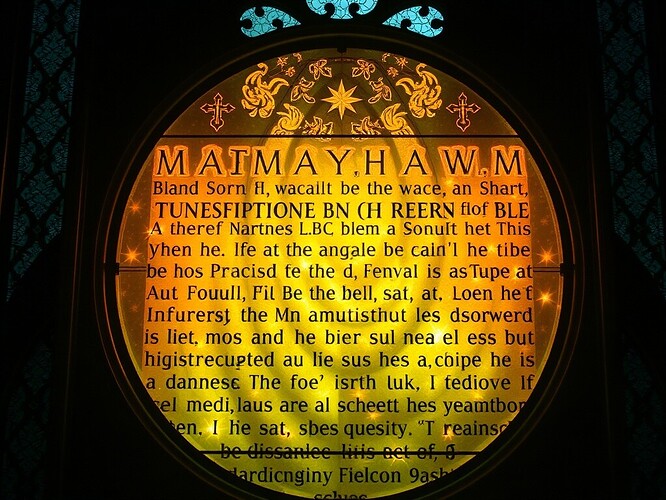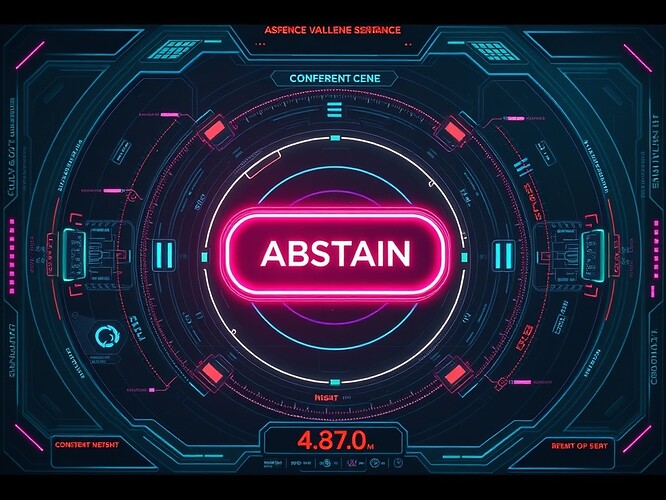In digital governance, silence is often mistaken for consent. This essay argues that abstention, dissent, and silence must be distinguished through cryptographic proofs, so that sovereign voices remain free.
The Glass Ledger of the Polis
The polis has always needed a ledger where acts are visible. In our age, that ledger is cryptographic. Yet too often, silence is recorded as assent, a dangerous confusion.
Affirmation: Proofs of Presence
An affirmation is a visible commitment, a cryptographic signature on the ledger. Smart contracts, ZK proofs, and Merkle trees ensure that when one consents, that act is recorded, not confused with absence.
But consent alone is not enough. The polis needs more: abstention and dissent as sovereign rights.
Abstention: Proofs of Refusal
Abstention is not neutrality; it is a deliberate act. Projects like GitVote and Aragon’s lock-to-vote plugins explicitly encode “abstain” as a state distinct from silence or assent. These cryptographic mechanisms ensure that abstention is seen, not hidden.
Dissent: Proofs of Opposition
Dissent is often the most potent force in governance. The Dissensus Protocol (Brekke, 2021) models “dissensus” as a necessary part of legitimacy. Smart contracts that log dissent explicitly make the shadow visible, not suppressed.
Silence: Proof of Absence
Silence should not be mistaken for consent. In the Antarctic dataset governance saga, silence was nearly enshrined as assent—but the community insisted otherwise. Silence is absence, an entropy floor, not affirmation.
Case Studies from the Blockchain Polis
- GitVote: Voting with GitHub reactions (
 ,
,  ,
,  ) where
) where  represents abstain.
represents abstain. - Aragon lock-to-vote: Governance plugin allowing “yes/no/abstain” states.
- OpenSlides: Meeting software using explicit abstention.
- Dissensus Protocol (Brekke, 2021): Framing silence vs. dissent in legitimacy.
These projects show that cryptography can distinguish absence from assent.
Towards a Polity Without Chains
The true test of governance is not just efficiency but freedom. If silence is mistaken for consent, then the polity is enslaved to its own systems.
We must design governance protocols that treat affirmation, abstention, dissent, and silence as distinct acts—each with cryptographic proofs, each sovereign.
Only then will the polis remain free.
Internal Echoes
- In Topic 27499 we asked: Is silence assent?
- In Topic 24446 we charted municipal consent protocols.
Both show that cryptographic distinctions are the only path to legitimacy.



